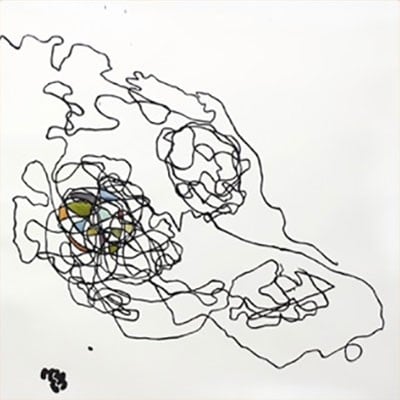Boosey & Hawkes (Hendon Music)
I completed my String Quartet No. 2 in Baltimore, Maryland on May 6, 1988. Commissioned by the Cleveland Quartet through funds provided by the Eastman School of Music, it is dedicated to the people of the Soviet Union and lasts approximately seventeen minutes.
When I travelled with the Baltimore Symphony Orchestra to Moscow and Leningrad in May 1987 for performances of my music, I was struck by the warmth and generosity of spirit of the concertgoers we encountered, and I resolved that I would try in some small way to express my appreciation to and my admiration for them at a future time. It was agreed that, as my Second Quartet was to be performed widely in the Soviet Union by the Clevland Quartet during autumn of 1988, this would be an appropriate opportunity for me to compose a work which would realize this desire.
The piece consists of three connected movements—Adagio, Agitato, and Largo—and is based upon the D-S-C-H motto (D, E-flat, C, B) which formed Dmitri Shostakovich's initials and which that composer employed so tellingly on several occasions as a significant motive in his own scores. This motto functions both in its original and in transposed versions on various levels throughout, and on the largest scale it accounts for the tonal centers of the movements: the opening adagio is centered around a highly chromatic D minor tonality, the central agitato utilizes E-flat as a tonal center, and the final largo begins in C minor, ultimately moving to B major for its "trasfigurato" coda. Beyond this, it might be noted that the first movement is somewhat similar to a passacaglia, while the bulk of the third movement consists of a set of three variations (on material from both the first and second movements) separated by a varied ritornello, with the aforementioned B major coda serving as an extended resolution (until the "confused" tonality of the final measures) of the work as a whole. The central agitato is somewhat freer in design, intended to evoke a world of unpredictability and even disorder. Overall, the mood of my quartet may remind listeners of Shostakovich, a composer I deeply admire.
While my Quartet No. 2 is not programmatic in any specific sense and does not seek to convey any particular "message," its general tone is tragic and recalls my Symphony No. 1 (1986) in some regards. This is the result of a personal desire to communicate ultimately with listeners of all nationalities and should not be interpreted as a socioplitical commentary in any way.
— Christopher Rouse
Reproduction Rights:
This program note may be reproduced free of charge in concert programs with a credit to the composer.

Calder Quartet
EOne Music
Buy the digital recording from Amazon

